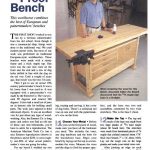We may receive a commission when you use our affiliate links. However, this does not impact our recommendations.
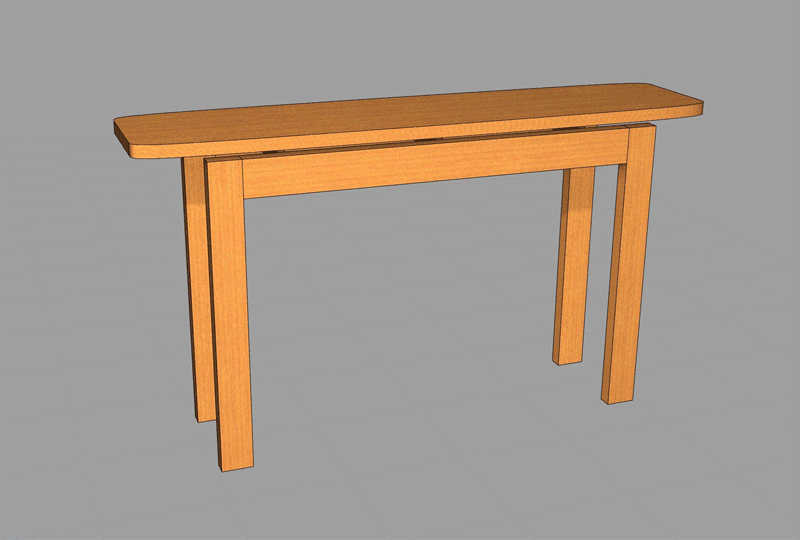
Variations on a theme. With CAD software making more than one version of a design opens up the possibility for new ideas and refinement
Digital woodworking comes with a lot of moving parts: new hardware; new software; new methods and skills. But it’s the machinery itself that gets most of the attention. CNCs, Laser Cutters and 3D printers are all impressive machines. Watching them work, and the resulting precision, is the main focus of this new way of woodworking. With all that amazing machinery magically moving around, it’s easy to miss the most important part of digital woodworking. As you get more used to this new world, you start to realize that the most powerful tool is not the one you thought it would be. Yes, the hardware delivers all the expected benefits of precision and repeatability. But it’s really the software design tools and how you use them that really opens up your mind to new methods, new ideas and a new way of thinking. Despite computers and the fancy digitally controlled machinery, this is where the real power resides in digital woodworking.
Case in point. Each year in late spring, I teach a five-day class at the Marc Adams School of Woodworking that’s a hands-on introduction to digital woodworking. Besides the basics of how the software and machinery work, the main objective is to build a project using these new tools. For that, each student makes a modern hall table — the parts of which will be machined on a CNC. In a typical class, this would mean building just one table design. But as a designer equipped with good CAD design tools, I just couldn’t leave well enough alone. So I created six different table designs for the students to choose from – and one of them is simple; it’s meant to be a stepping-off point for motivated students to develop their own variations.
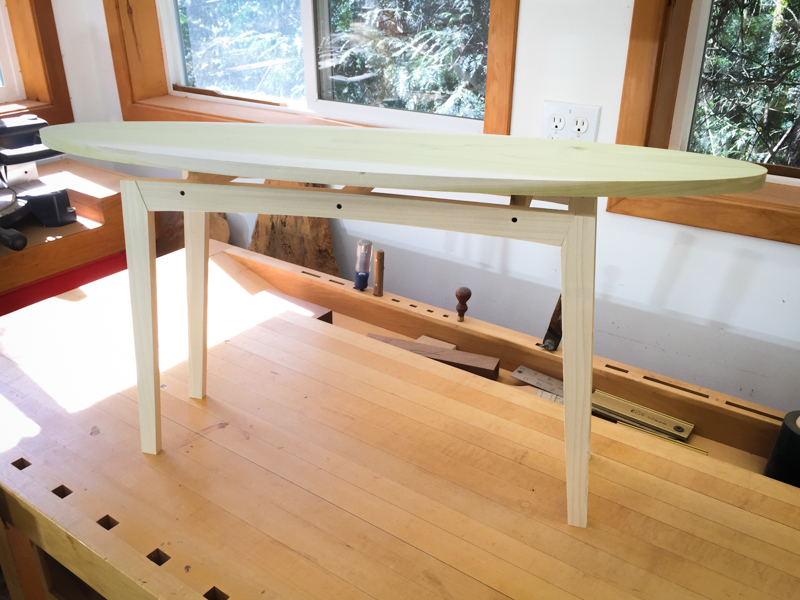
A Surf Board variation is a tribute to mid-century design
Six Tables are Better Than One
Creating six table designs is definitely more work than one, but the tools for creating designs in CAD software are very powerful. Once you realize that you can clone one table and use its general layout and dimensions as a starting point for a new design, things start to get interesting. And, because the process of creating a new design based on an existing one is so flexible, you resist the natural inertia to stop with just one. Creating in CAD is quite a bit different than sketching out small thumbnail designs in a sketchbook where you naturally want to be loose. I sketch and draw all the time. But once in CAD, you are working on full-scale working drawings that, if created precisely, can be used for cutting parts on a CNC. The big benefit is that you can produce lifelike 3D renderings of different variations to evaluate before you commit to building them.
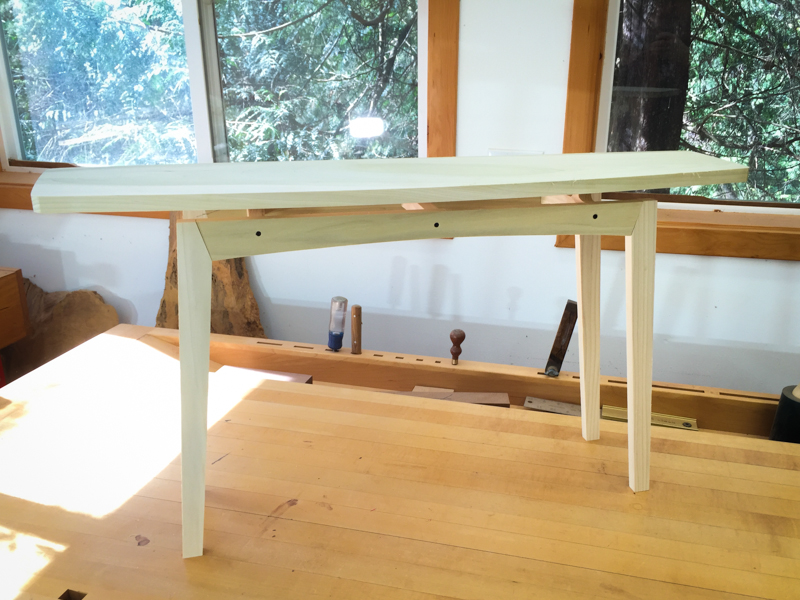
An Asymmetric design fits perfectly behind a couch or sofa
You can take it a step further. With CAD software and a CNC machine, it’s easy to make something you can see and touch in the real world. Once I completed the six hall table designs, I thought it might be useful for students to look at actual tables. So over a couple of hours, I made half-scale versions of all six of the tables out of poplar. Because I have to ship the models to the school, I made them knock-down so they fit in a small case to be assembled on site. Now, students have a chance to see the tables in person before making the choice of which full-size version to build.
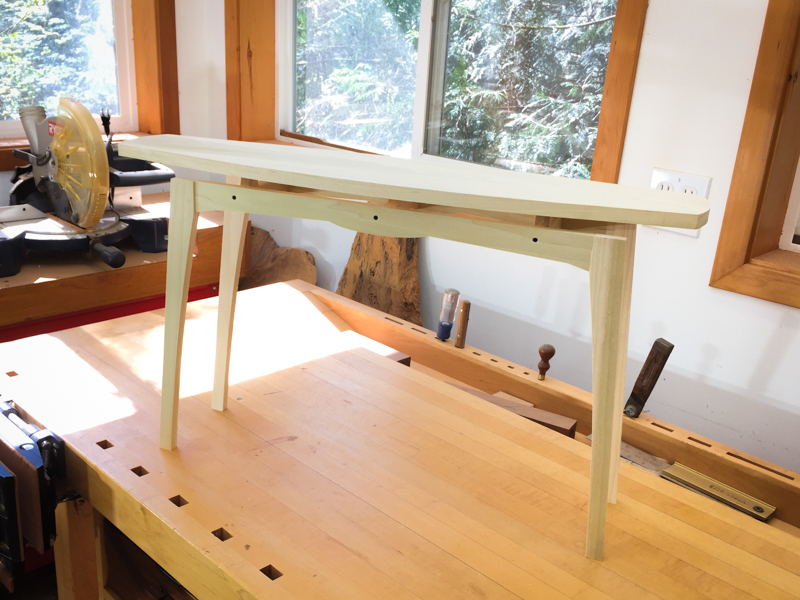
A Neo-Classic design for a hall table
Learning More by Doing More
And that gets to an important lesson about digital woodworking. Because of the power of CAD software, you can create more than one design. You can create variations that you can try out on screen in renderings or scaled models that can be machined on a CNC machine. Renderings are terrific, but there’s nothing like seeing and touching something in the real world. From a designer’s perspective, the benefits go well beyond making alternate versions of the same table; it’s also about refining your design. Any tool that encourages you to hone in and tweak the design and the details is very powerful. If you’re methodical, your designs get better and better as you refine them. This is the secret of automobile designers. They develop their designs with highly skilled hand drawings, take them into CAD for precision and to refine and tweak them. Next, they’ll make scaled clay mock-ups to further evaluate and refine the design. Finally, they make full-size mock-ups to see the work in different lighting situations and refine the designs even more.
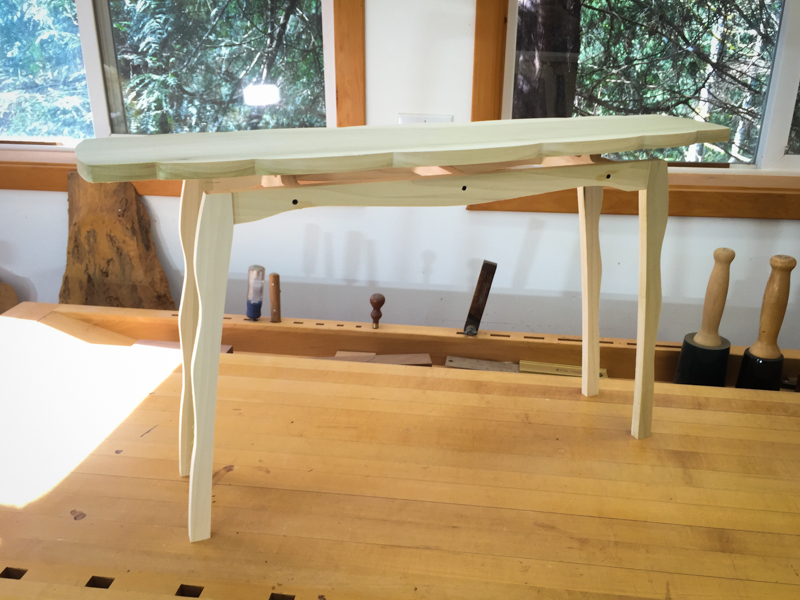
Another version of the hall table is based upon Memphis design
Digital Woodworking Tools are Powerful Creative Tools
The power of digital woodworking tools in creative hands is considerable. Never is this more apparent than in the use of CAD drawing software. Going beyond your first design, developing variations and continual refinement are powerful techniques a designer uses to make a good design into a great design. As I’ve said in the past, you don’t have to own a CNC to get most of the benefits out of digital woodworking. Good CAD software is a powerful tool that makes the process of variation and refinement much easier. And that makes your designs better. Good design and CAD software are the real secrets of digital woodworking. And whether you’re a hand-tool woodworker, a hybrid woodworker or a newbie digital woodworker, using digital design tools to develop and refine your designs is just as powerful.
If you’re interested in a hands-on digital woodworking experience, then check for available classes at Marc Adams School.
Here are some supplies and tools we find essential in our everyday work around the shop. We may receive a commission from sales referred by our links; however, we have carefully selected these products for their usefulness and quality.








